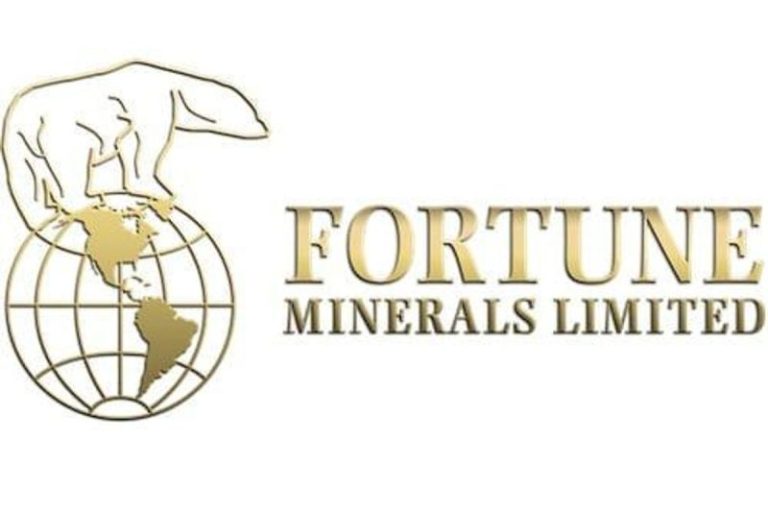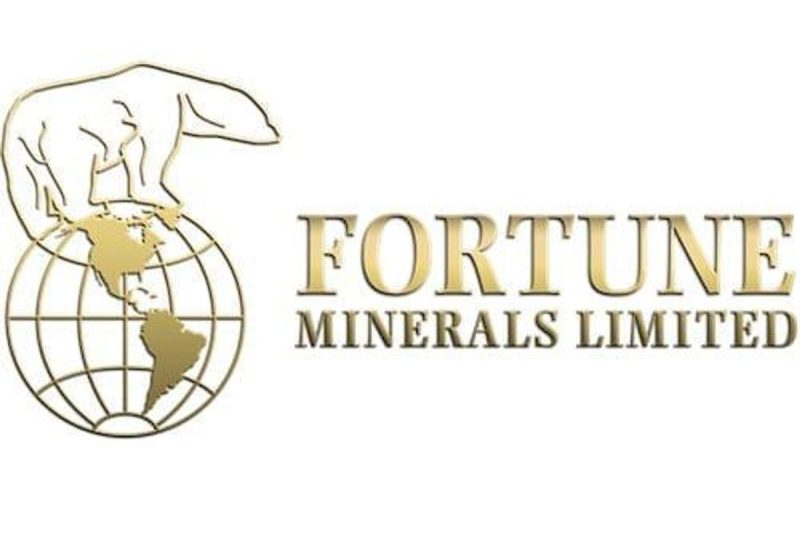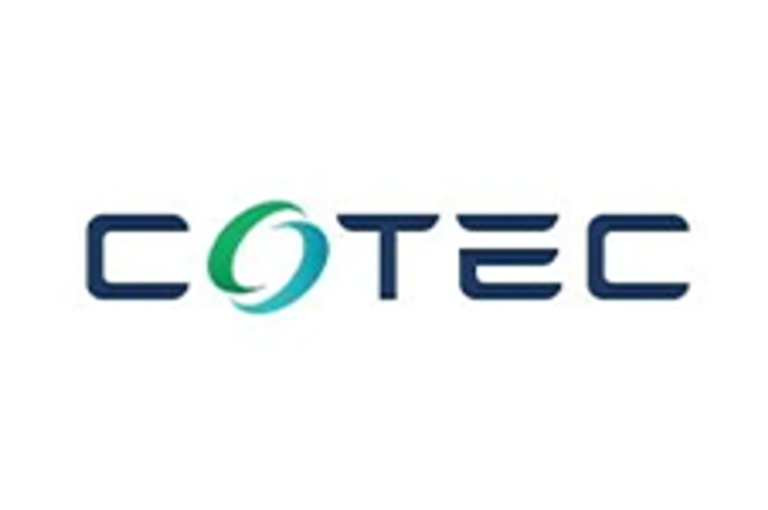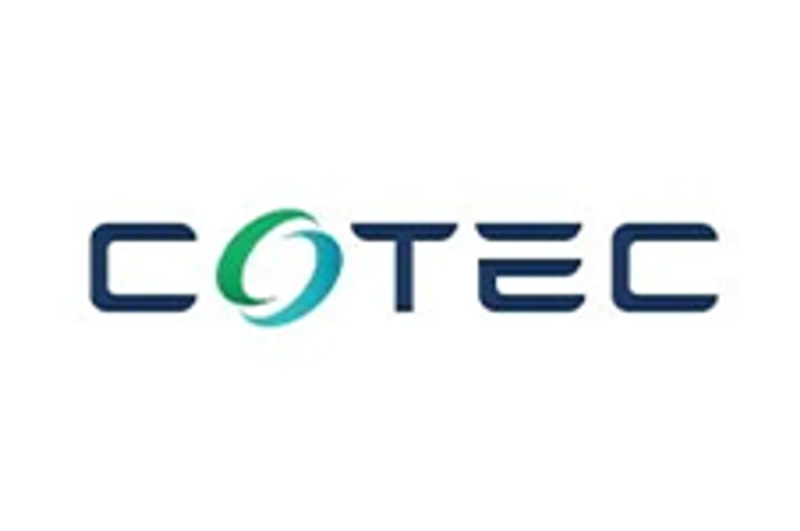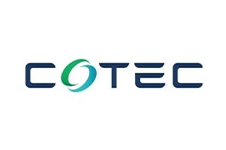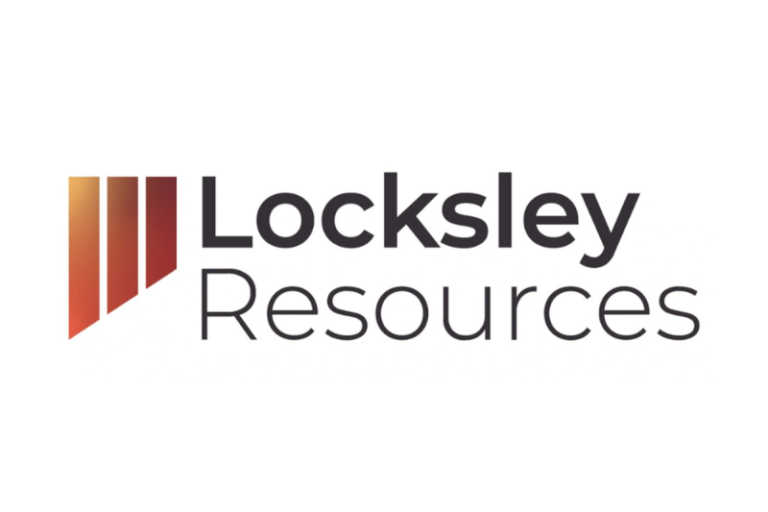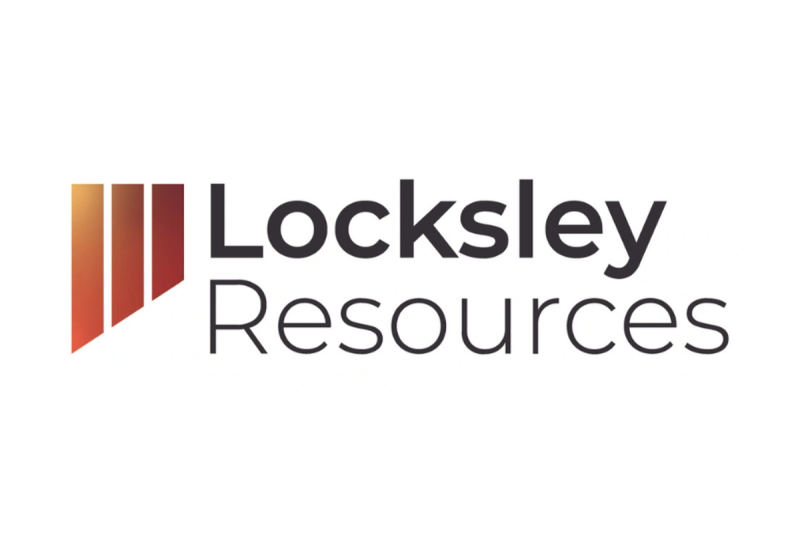

(TheNewswire)
 |
|||||||||
As the underground sampling was limited to the extent of the mine workings, detailed drilling is necessary to determine the ultimate size, shape and grade of the mineralized zones. Consequently, Pinnacle’s geological team has compiled the results and created 3D models of the Dos de Mayo vein and the exposed mineralization in the 3 mines (see Figure 3 below) in order to create a program of systematic drilling whereby the vein structure will be tested every 12.5 metres along strike and vertically. As the holes will be collared either in or immediately adjacent to the vein structure, holes will be relatively short, in the range of 20-25 metres in length. At present, it is anticipated that the entire program will comprise approximately 2,600 metres in 112 holes and take about 6 weeks to complete.
‘The underground drilling will be a significant step in the development of the Potrero Project ,’ stated Robert Archer, Pinnacle’s President & CEO. ‘It is not common that the first drill program on a new project is underground. However, we are fortunate to have good access to at least some of the mineralization through the historic mine workings and this detailed program will essentially be delineation drilling rather than exploration. With the results of this program, we will gain a very good understanding of the principal mineralized zones such that we can begin putting together a preliminary mine plan . Follow-on surface drilling can then test the areas between the mine workings in addition to less developed veins like El Capulin and La Estrella that are being sampled for the first time.’
A certain amount of development work will be required in the historic workings to create enough room for the drill setups and make sure that the drillers will have a safe working environment. This work will begin early in the New Year and will take about one month to complete, with drilling to follow as soon as possible.

Click Image To View Full Size
Figure 1: Location Map of El Potrero gold-silver project in the Sierra madre of Durango State, surrounded by 4 operating mines within 35 km

Click Image To View Full Size
Figure 2: Plan map of north end of El Potrero gold-silver project showing main Dos de Mayo vein, with the Pinos Cuates, Dos de Mayo and La Dura Mines where underground drilling will take place

Figure 3: Screen shot of 3D model of Dos de Mayo vein (purple) in the Pinos Cuates Mine, showing high-grade gold and silver samples (red, yellow and green) and proposed drill holes to test extension of mineralization
QA/QC
The technical results contained in this news release have been reported in accordance with National Instrument 43-101 Standards of Disclosure for Mineral Projects (‘NI 43-101’). Pinnacle has implemented industry standard practices for sample preparation, security and analysis given the stage of the Project. This has included common industry QA/QC procedures to monitor the quality of the assay database, including inserting certified reference material samples and blank samples into sample batches on a predetermined frequency basis.
Systematic chip channel sampling was completed across exposed mineralized structures using a hammer and maul. The protocol for sample lengths established that they were not longer than two metres or shorter than 0.3 metres. The veins tend to be steeply dipping to vertical, and so these samples are reasonably close to representing the true widths of the structures. Samples were collected along the structural strike or oblique to the main structural trend. Grab samples, by their nature, are only considered as indicative of local mineralization and should not be considered as representative.
All samples were bagged in pre-numbered plastic bags; each bag had a numbered tag inside and were tied off with adhesive tape and then bulk bagged in rice bags in batches not to exceed 40 kg. They were then numbered, and batch bags were tied off with plastic ties and delivered directly to the SGS laboratory facility in Durango, Mexico for preparation and analysis. The lab is accredited to ISO/IEC 17025:2017. All Samples were delivered in person by the contract geologist who conducted the sampling under the supervision of the QP.
SGS sample preparation code G_PRP89 including weight determination, crushing, drying, splitting, and pulverizing was used following industry best practices where all samples were crushed to 75% less than 2 mm, riffle split off 250 g, pulverized split to >85% passing 75 microns (μm). All samples were analyzed for gold using code GA_FAA30V5 with a Fire Assay determination on 30g samples with an Atomic Absorption Spectography finish. An ICP-OES analysis package (Inductively Coupled Plasma – Optical Emission Spectrometry) including 33 elements and 4-acid digestion was performed (code GE_ICP40Q12) to determine Ag, Zn, Pb, Cu and other elements.
Qualified Person
Mr. Jorge Ortega, P. Geo, a Qualified Person as defined by National Instrument 43-101, and the author of the NI 43-101 Technical Report for the Potrero Project, has reviewed, verified and approved for disclosure the technical information contained in this news release.
About the Potrero Property
El Potrero is located in the prolific Sierra Madre Occidental of western Mexico and lies within 35 kilometres of four operating mines, including the 4,000 tonnes per day (tpd) Ciénega Mine (Fresnillo), the 1,000 tpd Tahuehueto Mine (Luca Mining) and the 250 tpd Topia Mine (Guanajuato Silver).
High-grade gold-silver mineralization occurs in a low sulphidation epithermal breccia vein system hosted within andesites of the Lower Volcanic Series and has three historic mines along a 500 metre strike length. The property has been in private hands for almost 40 years and has never been systematically explored by modern methods, leaving significant exploration potential.
A previously operational 100 tpd plant on site can be refurbished / rebuilt and historic underground mine workings rehabilitated at relatively low cost in order to achieve near-term production once permits are in place. The property is road accessible with a power line within three kilometres.
Pinnacle will earn an initial 50% interest immediately upon commencing production. The goal would then be to generate sufficient cash flow with which to further develop the project and increase the Company’s ownership to 100% subject to a 2% NSR. If successful, this approach would be less dilutive for shareholders than relying on the equity markets to finance the growth of the Company.
About Pinnacle Silver and Gold Corp.
Pinnacle is focused on the development of precious metals projects in the Americas. The high-grade Potrero gold-silver project in Mexico’s Sierra Madre Belt hosts an underexplored low-sulphidation epithermal vein system and provides the potential for near-term production . In the prolific Red Lake District of northwestern Ontario, the Company owns a 100% interest in the past-producing, high-grade Argosy Gold Mine and the adjacent North Birch Project with an eight-kilometre-long target horizon . With a seasoned, highly successful management team and quality projects, Pinnacle Silver and Gold is committed to building long -term , sustainable value for shareholders.
Signed: ‘Robert A. Archer’
President & CEO
For further information contact :
Email: info@pinnaclesilverandgold.com
Tel.: +1 (877) 271-5886 ext. 110
Website: www.pinnaclesilverandgold.com
Neither the TSX Venture Exchange nor the Investment Industry Regulatory Organization of Canada accepts responsibility for the adequacy or accuracy of this release .
Copyright (c) 2025 TheNewswire – All rights reserved.
News Provided by TheNewsWire via QuoteMedia








